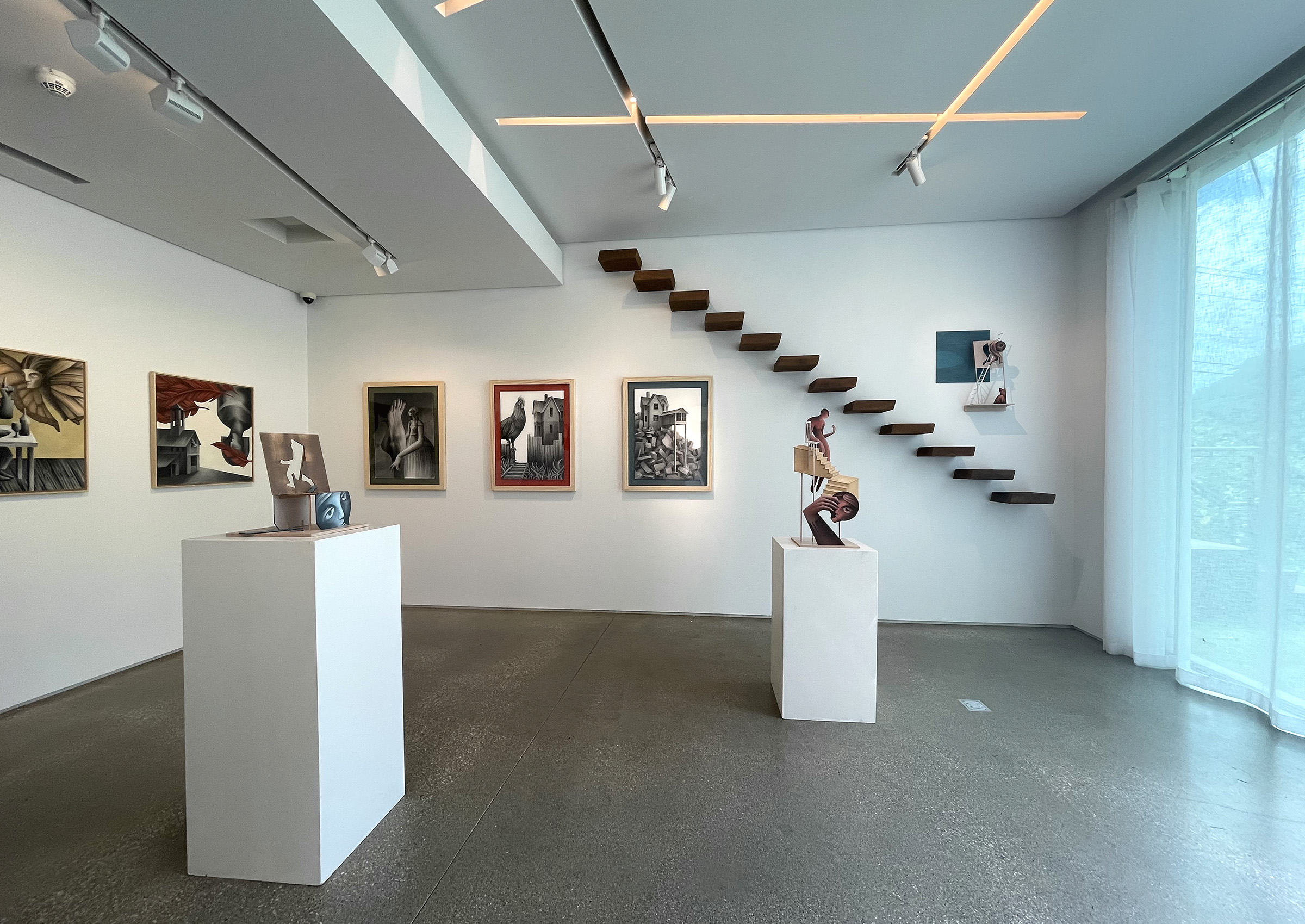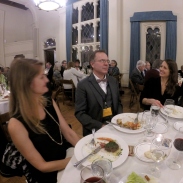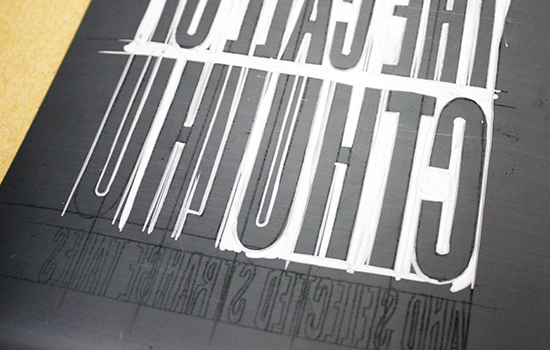My solo exhibition Random Turns is now on view at the beautiful TurnPark Art Space, located in West Stockbridge, MA. The exhibition features new drawings, structures and prints that were created this year. The work will be on display through October 31st, with the opening reception and artist talk taking place on Saturday, September 16, 4 to 6 pm. This will be followed by an afterparty and live music in the park.

From the Artist’s Statement: Vladimir’s work captures imaginary moments and narratives based on emotions, intuition and irrationality. Concepts such as inspiration, obsession, temptation, irony and madness are transformed into concrete and vivid images, where various characters are assembled to interact with each other and their environment. Common occurrences are juxtaposed with absurd and nonsensical situations. The artist attempts to make sense of our own actions and interactions through visual metaphors and humor, often going beyond logic and reason.
The drawings and structures presented at Random Turns originated from sketches, drafts and studio experiments created over the past few years. Some of Vladmir’s works are further explorations of the ideas that took root in his book illustration projects; other times, the compositions were inspired by random occurrences that happened throughout the day. Many of the artworks were created with much consideration for the environment in and around Turn Park Art Space.


TurnPark is a contemporary art space, situated on 16-acres of a former quarry in the Berkshires. There are hills, meadows, a lake, and a 65-foot vertical drop offering breath-taking views of the surrounding landscape. It is home to a unique collection of outdoor sculptures, as well as ongoing art exhibitions and temporary installations. Located just 40 minutes away from MASS MoCA and other cultural landmarks.
If you are in the area, I hope that you can stop by and check out this truly unique and beautiful space. More information about the exhibition and the park can be found here.

In other developments, I am getting ready to embark on a new book illustration project that will keep me busy through the fall and plan to participate in the Oxford Book Fair in England in December, where Haddocks’ Eyes will make its European debut.





















































